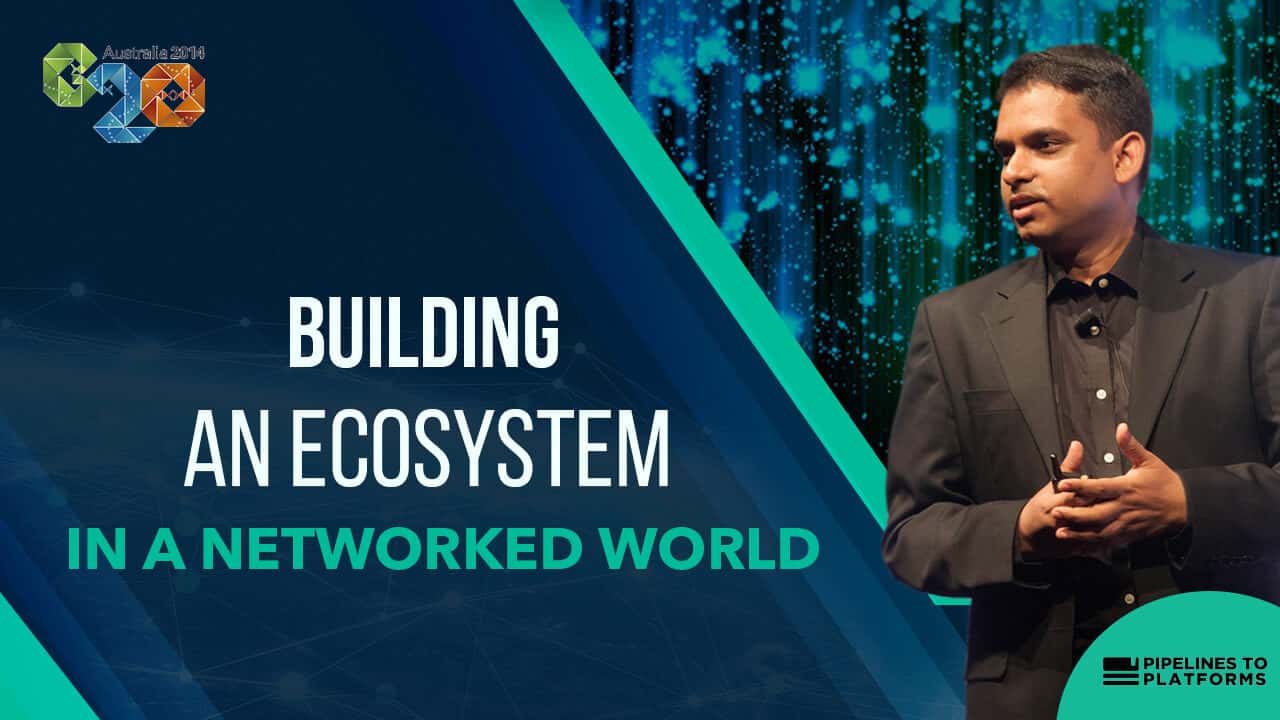Growth
Hacking Your Way To Critical Mass
The Critical Mass Problem Platforms and networks are not one-sided services provided by a startup. The service is provided by the producers on the platform, and the platform creates value by helping both sides get together and interact. On eBay, a person looking for Angry Birds inflatable balloons needs to be matched to a person selling them for a transaction to be initiated. On Quora, a question needs to be shown to the closest matches in terms of users who can answer it for the right answers to be sourced.
For a network business to succeed, the right producers need to be matched with the right consumers. The likelihood of having both the right producers and the right consumers for all possible transactions increases as the size of the user base increases. This makes it particularly difficult for a new startup to take off because there might not be enough members of both sides (or in both roles) to spark interactions. Critical mass is the minimum size of the user base at which enough number of producers and consumers exist to spark transactions sustainably.
It’s Not About Scale
What would have been a greater success for Foursquare in its earlier days:
State A: 100000 users with 1000 users/city in 100 cities
OR
State B: 50000 users in New York
Foursquare succeeded because it focused on one city till it reached critical mass. Getting users across multiple cities would not have helped spark interactions among users leading to low engagement and eventual drop-off.
While it is easier to see the effect of such fragmentation in terms of geo-locations, any platform that doesn’t target its user acquisition activity and its proposition risks ending up in State A above.
Why is it important to reach Critical Mass?
Critical mass is a happy state where:
1. Producers are producing, users are contributing
2. There are enough user-generated content/products/listings to keep consumers hooked
3. Consumers interact with producers and products and return for more
In such a scenario:
1. There is high virility as users start bringing in other users. Producers bring in others to show off their products/contributions. Consumers bring in others because they get benefited.
2. Retention is higher as users are satisfied
For a business to makes sense, the Cost of Acquisition of a Customer (CAC) should be lower than the Life Time Value of the Customer (LTV). Before a platform reaches Critical Mass,
1. CAC is high because virility hasn’t kicked in and users aren’t inviting other users
2. LTV is low because users who visit and do not see relevant activity abandon the system
Clearly, if this state persists, it results in a drain on resources with low business viability. This is the primary reason why a lot of platform startups never take off and fizzle off after burning VC money.
Scale is achieved by making repeatable processes more efficient (faster/cheaper) and effective (accurate).
Feel Free to Share
Download
Our Insights Pack!
- Get more insights into how companies apply platform strategies
- Get early access to implementation criteria
- Get the latest on macro trends and practical frameworks
Hacking Your Way Towards Critical Mass
Lowering Critical Mass
Successful companies solve this problem by focusing their initial efforts on user acquisition to create the right mix and lower the Critical Mass required.
1. This problem is solved by targeting a niche. A niche that has both consumers and producers can support a platform at a lower critical mass. e.g. it is easier to solve a social network targeted at startups with a specific call to action than a general purpose social network.
2. Groupon grew big because it figured an interesting solution to the Critical Mass problem. However, as it soon turned out, the solution wasn’t sustainable. This is the reason why so many Groupon clones mushroomed all across the world (low barrier to entry), but most of them vanished within a few months despite having VC money to burn (owing to high barriers to scale).
Hacking User Contribution
If you are a platform dependent on user-generated content but do not have a distinct producer and consumer roles, then it is critical that the user on the platform starts contributing to it. YouTube would have been useless if early users hadn’t contributed. This ties back to The Ghost Town Problem. Hence, it is important to accelerate production by every design hack possible.
Making the users look good is a great growth strategy. Provide them tools of self-expression so they’ll want to spread the word about what they create, and in doing so, about the platform. Youtube’s growth is spurred by every video that goes viral on it. Users, in promoting the video, end up promoting the platform.
Provide Producer-Friendly Infrastructure
Critical Mass is also gained at a faster pace if the platform is designed in a way that the producers bring in the consumers. This is best achieved when your platform provides the means to distribute content/products (e.g. embeds from YouTube) and the ability to interact better with consumers (e.g. m-Loyalty)
State of the Platform Revolution
The State of the Platform Revolution report covers the key themes in the platform economy in the aftermath of the Covid-19 pandemic.
This annual report, based on Sangeet’s international best-selling book Platform Revolution, highlights the key themes shaping the future of value creation and power structures in the platform economy.
Themes covered in this report have been presented at multiple Fortune 500 board meetings, C-level conclaves, international summits, and policy roundtables.
Subscribe to Our Newsletter













